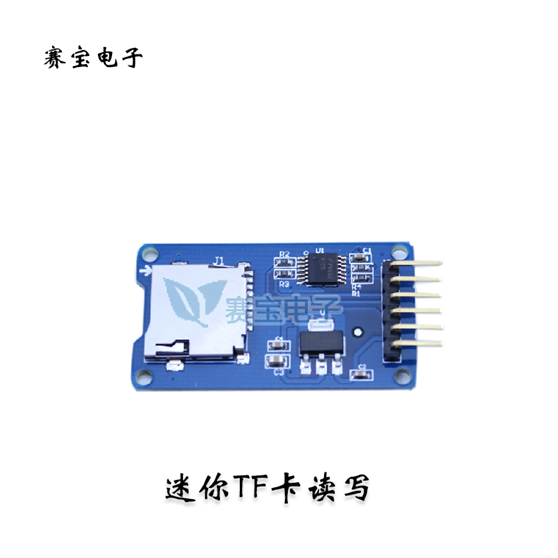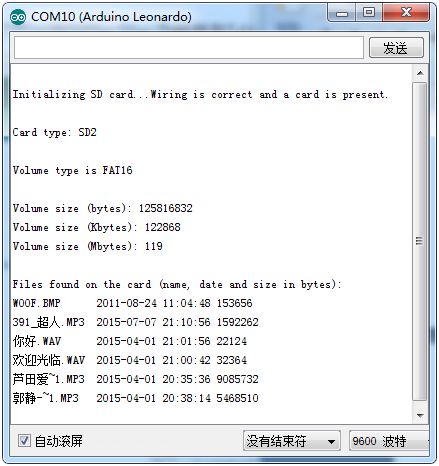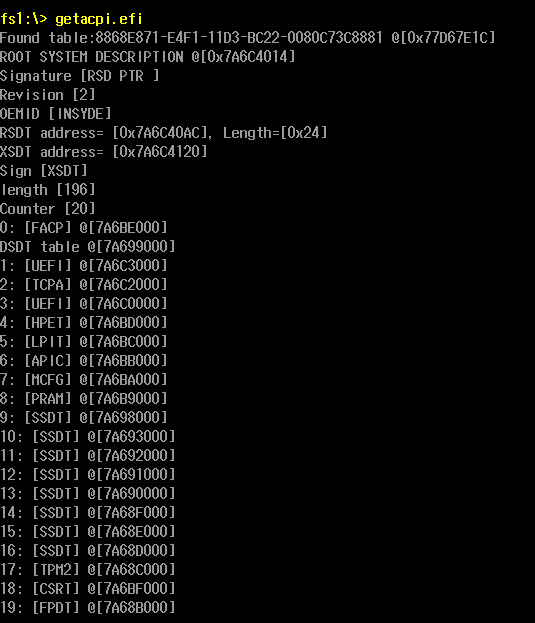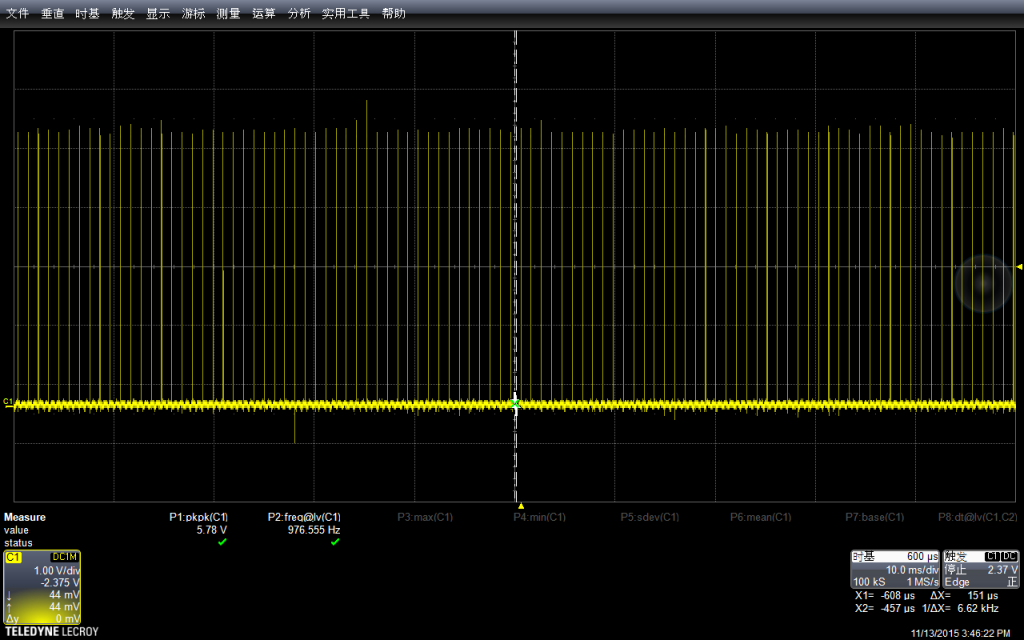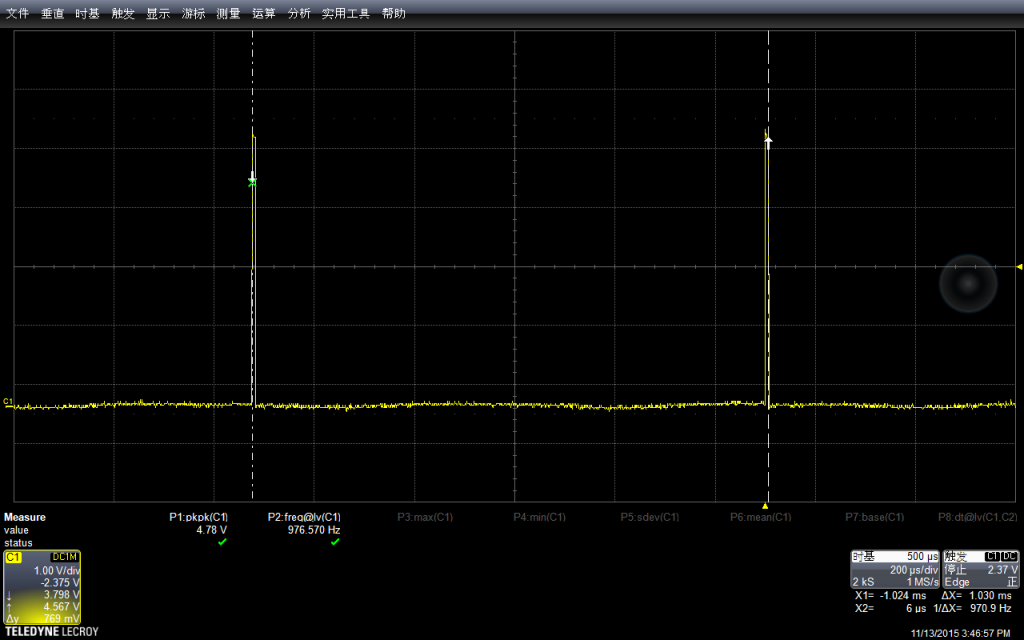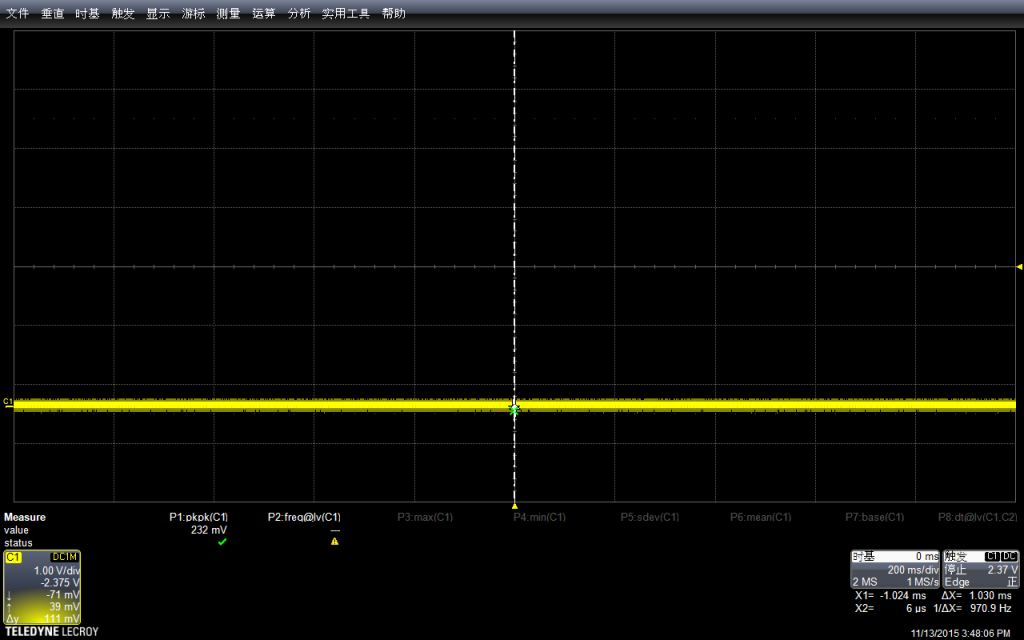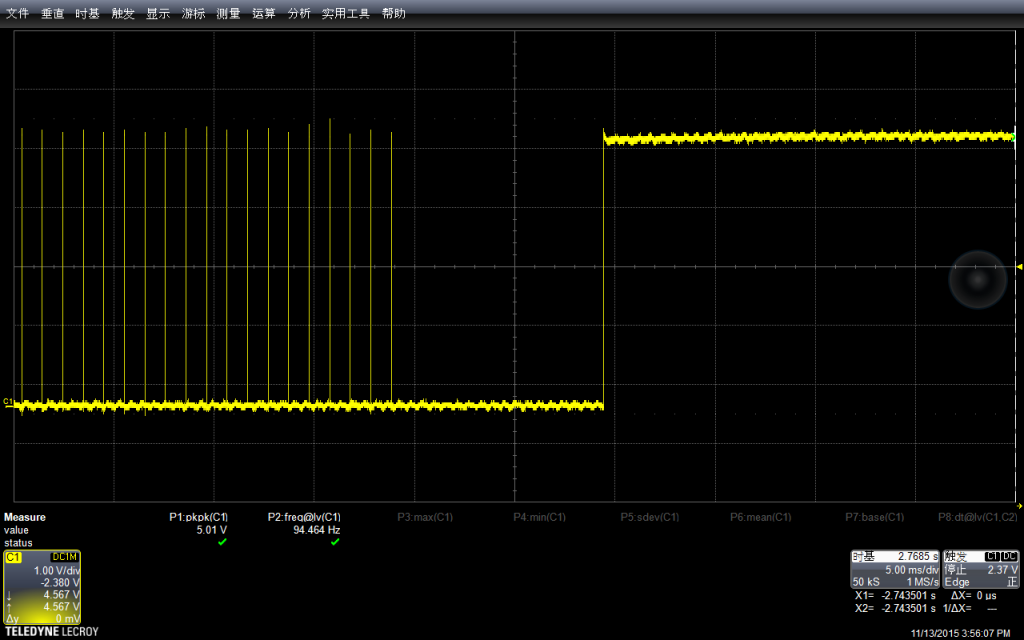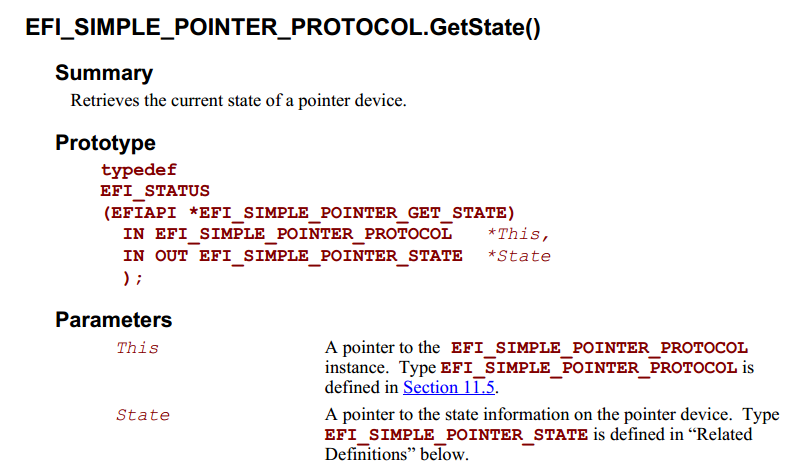EFI_SYSTEM_TABLE 中定义了 EFI_CONFIGURATION_TABLE *ConfigurationTable;
这个结构体定义如下:
typedef struct{
EFI_GUID VendorGuid;
VOID *VendorTable;
} EFI_CONFIGURATION_TABLE;
整体看起来就是这样:
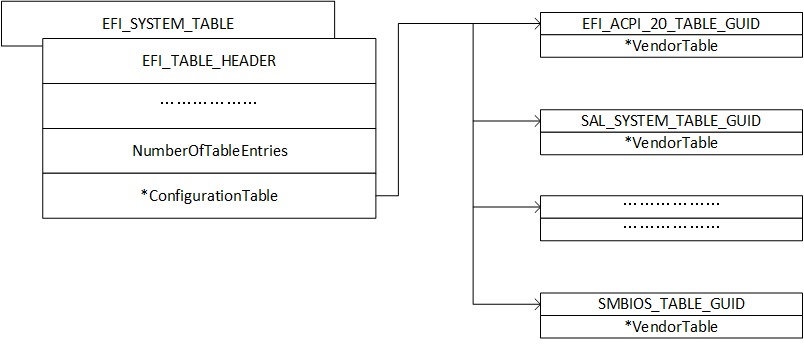
根据上面的原理可以编写程序枚举系统中的 ConfigurationTable,代码如下:
#include <Uefi.h>
#include <Library/UefiLib.h>
#include <Library/ShellCEntryLib.h>
extern EFI_BOOT_SERVICES *gBS;
extern EFI_SYSTEM_TABLE *gST;
extern EFI_RUNTIME_SERVICES *gRT;
EFI_STATUS
PrintGuid (
IN EFI_GUID *Guid
)
/*++
Routine Description:
This function prints a GUID to STDOUT.
Arguments:
Guid Pointer to a GUID to print.
Returns:
EFI_SUCCESS The GUID was printed.
EFI_INVALID_PARAMETER The input was NULL.
--*/
{
if (Guid == NULL) {
Print(L"Parameter error!\n");
return EFI_INVALID_PARAMETER;
}
Print (
L"%08x-%04x-%04x-%02x%02x-%02x%02x%02x%02x%02x%02x\n",
(unsigned) Guid->Data1,
Guid->Data2,
Guid->Data3,
Guid->Data4[0],
Guid->Data4[1],
Guid->Data4[2],
Guid->Data4[3],
Guid->Data4[4],
Guid->Data4[5],
Guid->Data4[6],
Guid->Data4[7]
);
return EFI_SUCCESS;
}
int
EFIAPI
main (
IN int Argc,
IN CHAR16 **Argv
)
{
UINTN i;
EFI_STATUS Status;
EFI_CONFIGURATION_TABLE *C=NULL;
Print(L"[%d] Tables were found!\n",gST->NumberOfTableEntries);
C=gST->ConfigurationTable;
for (i=0;i<gST->NumberOfTableEntries-1;i++)
{
Status=PrintGuid(&C->VendorGuid);
C++;
}
return EFI_SUCCESS;
}
然后我们尝试在模拟环境中运行,结果如下:

我们再看看找到的这些GUID是什么意思:
#define TIANO_CUSTOM_DECOMPRESS_GUID \
{ 0xA31280AD, 0x481E, 0x41B6, { 0x95, 0xE8, 0x12, 0x7F, 0x4C, 0x98, 0x47, 0x79 } }
#define EFI_CRC32_GUIDED_SECTION_EXTRACTION_GUID \
{ 0xFC1BCDB0, 0x7D31, 0x49aa, {0x93, 0x6A, 0xA4, 0x60, 0x0D, 0x9D, 0xD0, 0x83 } }
#define DXE_SERVICES_TABLE_GUID \
{ \
0x5ad34ba, 0x6f02, 0x4214, {0x95, 0x2e, 0x4d, 0xa0, 0x39, 0x8e, 0x2b, 0xb9 } \
}
#define HOB_LIST_GUID \
{ \
0x7739f24c, 0x93d7, 0x11d4, {0x9a, 0x3a, 0x0, 0x90, 0x27, 0x3f, 0xc1, 0x4d } \
}
#define EFI_MEMORY_TYPE_INFORMATION_GUID \
{ 0x4c19049f,0x4137,0x4dd3, { 0x9c,0x10,0x8b,0x97,0xa8,0x3f,0xfd,0xfa } }
#define EFI_DEBUG_IMAGE_INFO_TABLE_GUID \
{ \
0x49152e77, 0x1ada, 0x4764, {0xb7, 0xa2, 0x7a, 0xfe, 0xfe, 0xd9, 0x5e, 0x8b } \
}
#define SMBIOS_TABLE_GUID \
{ \
0xeb9d2d31, 0x2d88, 0x11d3, {0x9a, 0x16, 0x0, 0x90, 0x27, 0x3f, 0xc1, 0x4d } \
}
能看懂的只有SMBIOS…….我们再用实体机测试,结果如下:
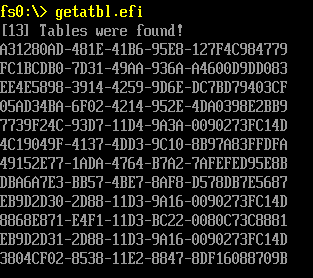
比上面的多了5个GUID,分别是:
#define LZMA_CUSTOM_DECOMPRESS_GUID \
{ 0xEE4E5898, 0x3914, 0x4259, { 0x9D, 0x6E, 0xDC, 0x7B, 0xD7, 0x94, 0x03, 0xCF } }
#define EFI_TSC_FREQUENCY_GUID \
{ \
0xdba6a7e3, 0xbb57, 0x4be7, { 0x8a, 0xf8, 0xd5, 0x78, 0xdb, 0x7e, 0x56, 0x87 } \
}
#define ACPI_TABLE_GUID \
{ \
0xeb9d2d30, 0x2d88, 0x11d3, {0x9a, 0x16, 0x0, 0x90, 0x27, 0x3f, 0xc1, 0x4d } \
}
#define EFI_ACPI_TABLE_GUID \
{ \
0x8868e871, 0xe4f1, 0x11d3, {0xbc, 0x22, 0x0, 0x80, 0xc7, 0x3c, 0x88, 0x81 } \
}
gEfiOfflineCrashDumpTblGuid = { 0x3804CF02, 0x8538, 0x11E2, { 0x88, 0x47, 0x8D, 0xF1, 0x60, 0x88, 0x70, 0x9B } }
本文完整代码下载:
GetATBL
下一次会介绍 Shell 下如何获取ACPI Table。







